Grab your binoculars, crabbing net and camera, and get ready to track down some of the country's most incredible creatures – from the biggest fish in our seas to miniscule moths and nocturnal marvels (and that's just for starters).
Make the most of July and August’s distinctly clement temperatures, which provide perfect conditions in which to view a variety of flora and fauna, whether via land, sea or air.
While it’s always a thrill to spot your favourite species, and while some inquisitive individuals may approach you for a closer look, remember to keep your distance, to avoid any disturbance while enjoying the natural world’s summer spectacular.
Learn more about summer wildlife:
Otter: The return of the native
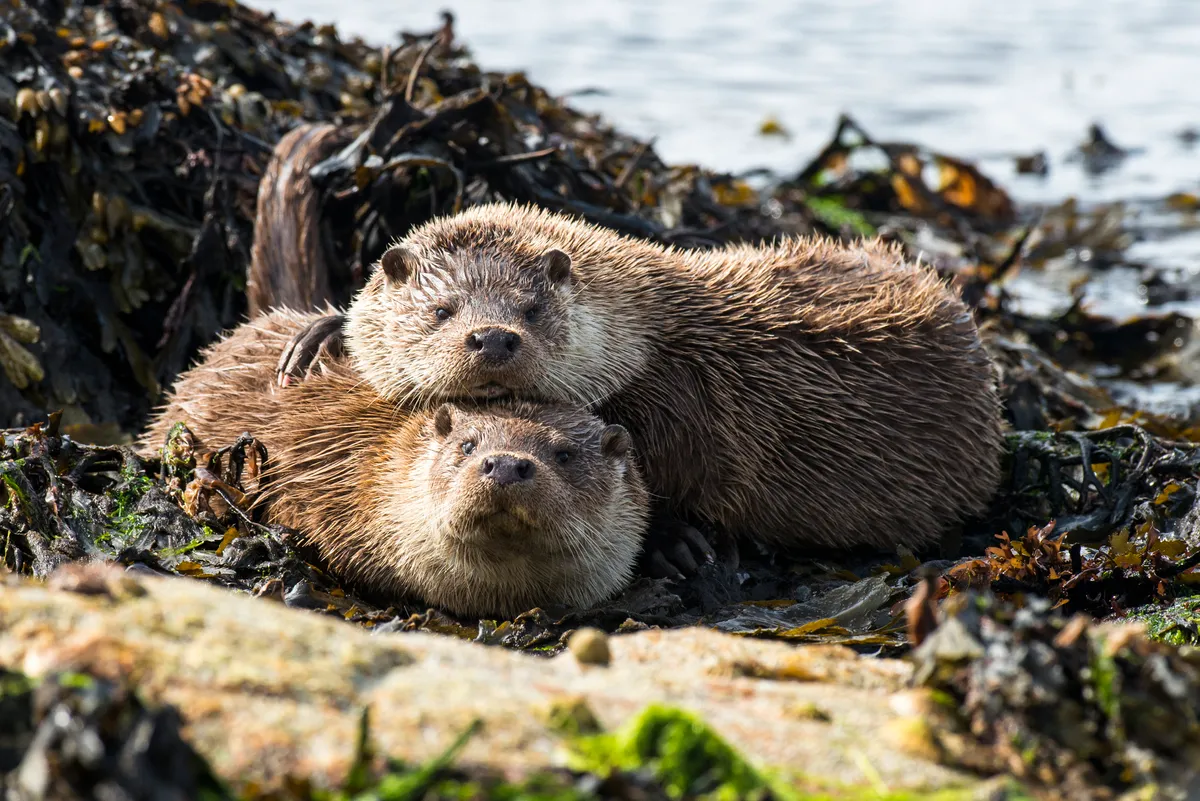
August is prime time to celebrate a comeback kid among Britain’s mammals. Following the 1948 introduction of dichlorodiphenyltrichloroethane (DDT) as an agricultural pesticide, otter numbers nosedived. By 1977, just 6% of former territories were occupied. Since DDT was banned in 1984, otter fortunes have gradually revived. By 2010, populations were up 59% on their lowest point. In Scotland, they have returned to 90% of sites occupied in the 1950s.
Though inland otters breed at any time of year, Scotland’s coastal dwellers give birth between May and August, when prey is most readily available. Females hunt for eight hours a day to provide for their offspring, so are more often seen in daylight during this period.
Moreover, after three months inside the holt, cubs born in May explore the outside world for the first time in August. Otter cubs are taught the ways of the world by their mothers before becoming independent at about six months old. Sadly, otter infant mortality is high. Of a typical litter between two and five cubs, only one or two will reach adulthood.
August is a fine month for watching otter families on archipelagos such as the Hebrides and Shetland. The latter’s rocky coastline hosts Europe’s densest population, so otters have become quite the local tourist attraction.
Nevertheless, spotting otters takes patience and/or luck. Using binoculars, scan seaweed-strewn rocks and tranquil bays, looking for curved backs hummocking the shoreline or a tell-tale V-shaped furrow in the water.
On a calm day, listen for mother and cubs whistling to one another to maintain contact. Once you have found a family, keep a low profile and stay quiet. Then watch as the creatures pour into the sea, scramble back out onto rocks, play-fight or chomp noisily on their catch of the day.
Best places to see otters in the UK:
- Thetford, Norfolk, England
- Minsmere, Suffolk, England
- Blandford Forum, Dorset, England
- River Otter, north of Budleigh Salterton, Devon, England
- Smallbrook Meadows, Wiltshire, England
- Cricklepit Mill in Exeter, Devon, England
- Bosherton and Stackpole, Pembrokeshire, Wales
- Gilfach Farm, Powys, Wales
- Magor Marsh, Gwent Levels, Wales
- Teifi Marshes, Cilgerran, Wales
- Falls of Clyde, Lanarkshire, Scotland
- Resipole, Ardnamurchan Peninsula, Argyll, Scotland
- Kylerhea, Skye, Hebrides, Scotland
- Balranald, North Uist, Hebrides, Scotland
- Yell, Shetland, Scotland
- Glenarm Estate, Co. Antrim, Northern Ireland
- Balloo Wetland, Bangor, Northern Ireland
Learn more about otters:
Hedgehog: Hog heaven
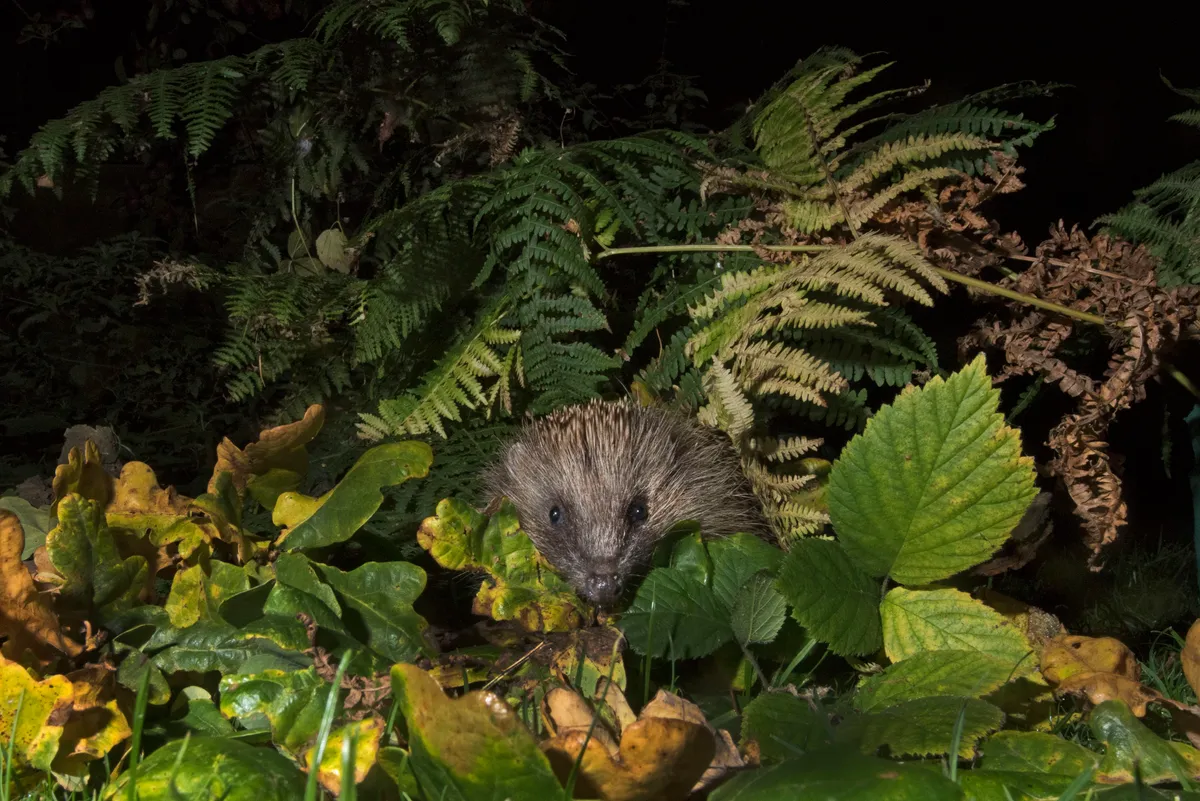
Staying at home this August but still fancy a wildlife adventure? Your garden may be the perfect place, as shrubbery-rich suburbs provide fine real estate for hedgehogs. Compost heaps are perfect places to ball up inside a nest. Ample areas of short grass – we humans call them lawns – provide access to earthworms and slugs, while untidy borders and hedges harbour stashes of invertebrates. Did you know that hedgehogs need to consume 90–140 calories per night? This is the equivalent of a few hundred caterpillars.
Across southern Britain at least, most hedgehogs are born in June. By August, hoglets are starting to fend for themselves – racing against time to snaffle sufficient prey before hibernating. Only youngsters that accumulate adequate fat layers will reach spring.
Maximise your chances of seeing a hedgehog – and theirs of survival – by making an offering of wet dog food, good-quality cat biscuits or specially formulated meals, plus a saucer of water. Then stay up beyond dusk, listening for the wet-nosed snuffling that heralds a hog’s arrival.
Learn more about hedgehogs:
Bottlenose dolphin: Taking to the water
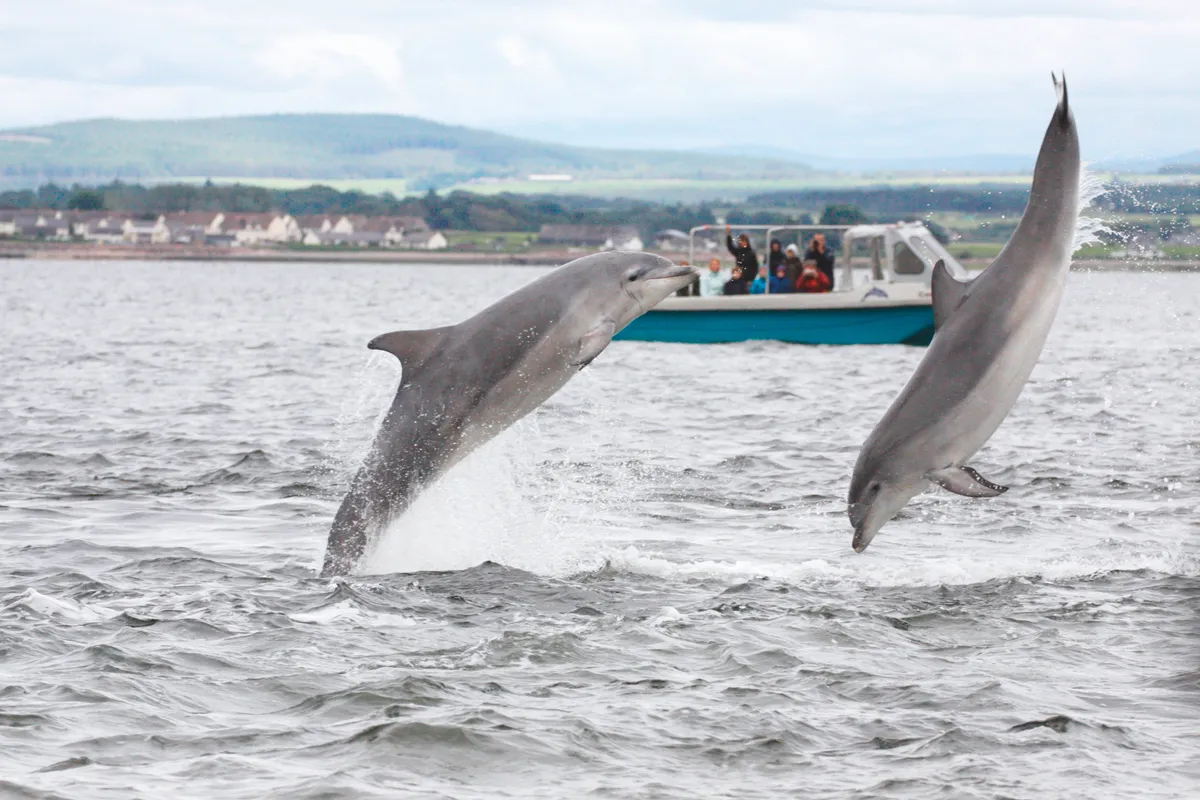
As the sea trout shimmies free of the water, leaping skywards in fear, the pinnacle of the Moray Firth food-chain powers into unimpeded view. Sleekly muscular and glistening argentine, the bottlenose dolphin provokes admiring gasps from the passengers occupying passing boats. One dolphin is followed by another... then another.
Here, we have the world’s most northerly bottlenose pod, which resides in the Moray Firth in the Scottish Highlands, where it's been calculated that dolphin-watchers in the Moray Firth boost the local economy by £4 million each year. Though the local population of around 195 animals can be seen in any season, summer’s more clement weather usually smooths the seas, making a boat trip more enjoyable.
If northern Scotland doesn’t fit your August itinerary, bottlenose- questing sea safaris also run in Cardigan Bay in West Wales, along Dorset’s Jurassic Coast and off the Northumberland mainland.
Best places to see bottlenose dolphins in the UK:
- Moray Firth, Scotland
- Aberdeen, Scotlandulster wi
- Jurassic Coast, Devon and Dorset, England
- Northumberland, England
- Cornwall coast, England
- Cardigan Bay, Wales
- Northern Wales
Crickets: strike up the band
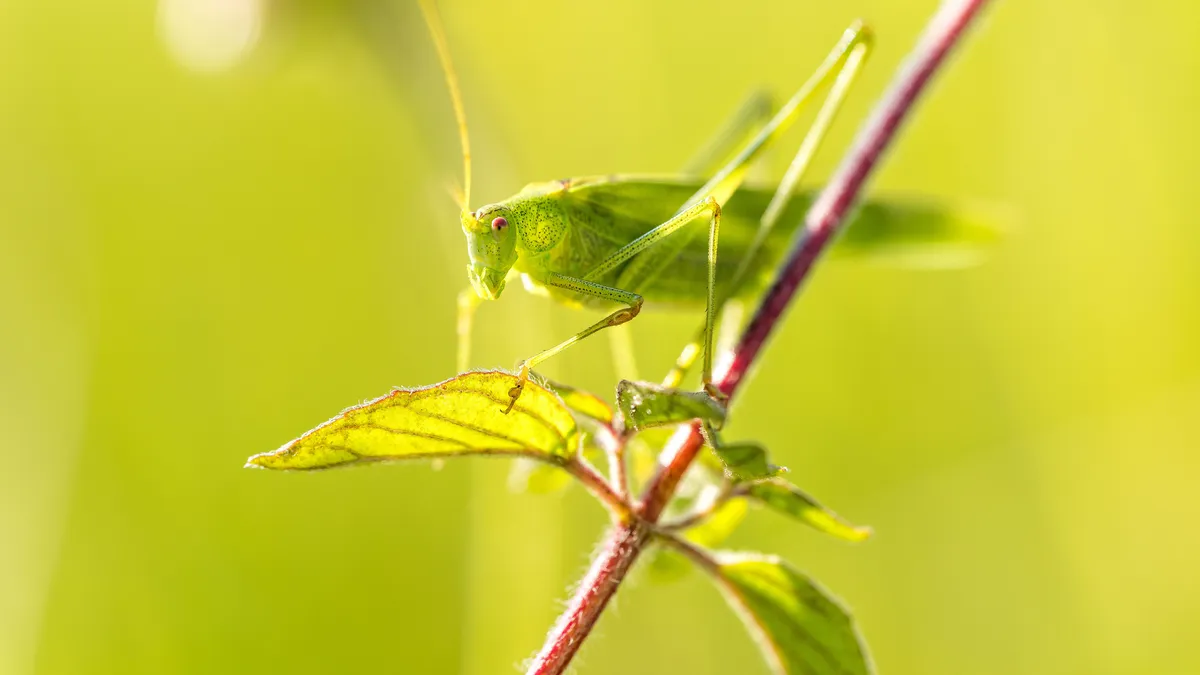
It offers the consummate acoustic backdrop to a lazy summer’s day – a flower-filled meadow humming with the stridulations of an orthopteran orchestra (grasshoppers and crickets to you and me). Each species offers its unique instrumental. To your left comes the insistent sewing- machine buzz of a Roesel’s bush-cricket. Face right for the pulsating wheeze of a stripe-winged grasshopper.
Best of all, straight ahead of you, a far-carrying rattle marks a solo from a great green bush-cricket (pictured), the mightiest of its ilk in the UK. Huge and intensely verdant, this creature is precisely what it says on the tin.
Overall, our crickets tend to be denizens of the south, but four types of grasshopper – mottled, field, common green and meadow – occur throughout most of the country. Wherever you live, there’s an insect concert awaiting your audience.
Rockpooling: What lies beneath

August is holiday season, and holidays mean the seaside. And the seaside, providing you can find a rocky shoreline, means rockpooling. In turn, this exploratory activity – you never know what you might find – demands you either release your inner child or take one with you.
Carefully swishing a long-handled net through the trapped water, transfer anything you catch to a transparent plastic box for viewing, before gently returning your temporary exhibits to their habitat. You should discover small fish, such as blennies, plenty of crabs and distinctive marine creatures, such as beadlet anemone, common starfish and sea hare (a saltwater slug).
Choose the lowest tide possible as this exposes normally submerged stretches of the foreshore. To maximise chances, explore as many micro- habitats as possible – in muddy sediment beneath seaweed and surge gullies, under overhangs, or beside boulders.
Learn more about rockpooling and rockpool wildlife:
Basking shark: The biggest fish in our seas

The first clue is a large isosceles triangle spearing the sea surface. Then you spot a smaller, sharper triangle a couple of metres behind it. It takes a second before you click, but you’ve found a basking shark. This behemoth is the largest fish in the UK’s seas, typically measuring five metres – and sometimes as much as eight.
The basking shark got its name as it’s often found near the surface. Not that it’s basking in these warmer waters, though – they’re where it prefers to feed.
Stuff a minibus full of people and still the scales would tip in favour of a ‘basker’. Worldwide, only the whale shark has greater heft. But the basking shark is far closer to home. Indeed, in summer it is a pleasingly regular visitor along Britain’s western seaboard. Interestingly, in the seas around the UK, female basking sharks outnumber males by an impressive ratio of forty to one.
There are three ways to see this gargantuan creature. Landlubbers might elect to stand on cliffs, scanning calm bays; Cornwall and the Inner Hebrides are fine locations for this. The second approach involves a boat trip to track down a basking shark as it wends its way leisurely just below the swell, with dorsal and tail fins scything the air. Watching these protrusions ascending from a mysterious, immense and shadowy form is exciting – but also tantalisingly unsatisfactory. So, for the ultimate basking shark experience, consider donning neoprene and snorkel, and slipping underwater.
Particularly because the basking shark is legally protected, you must never swim towards it. Instead, stay still and patient, letting the giant do its thing. If it sashays away, so be it. But if it does approach, remain motionless and gawp at the chasm of a mouth that seems vast enough to swallow you whole – but actually ingests nothing more than plankton soup. You have no need to fear, but every reason to admire.
Best places to see basking sharks in the UK:
- Skye, Hebrides, Scotland
- Coll, Hebrides, Scotland
- Balmedie Beach, Aberdeen, Scotland
- Isle of Man
- Lundy, Devon, England
- Lyme Bay, Dorset, England
- Falmouth Bay, Cornwall, England
- Crossing from Penzance to Isles of Scilly, Cornwall, England
- West coast, Wales
- Ogmore, Wales
- Anglesey, Wales
Gannets: The plunge divers

Plummeting 25 metres in barely one second, the snow-white harpoon pierces the sea with its dagger- bill. Milliseconds before impact, the gannet tucks in its wings to better continue its trajectory underwater.
The cluster of silvery fish doesn’t know what’s hit it. Our largest seabird emerges above the waves, wriggling prey successfully snared, and journeys back to its island colony – it has a hungry mouth to feed. But how best to enjoy gannets? Perhaps peer upwards from sea level towards rocky breeding quarters, as the sky above blizzards like a shaken snow globe.
Or make landfall on Lothian’s Bass Rock to stroll amidst them, admiring their blue eyeliner while staying clear of sharp-tipped beaks. Avoid seaborne excursions entirely by gazing at mainland colonies such as Yorkshire’s Bempton Cliffs. Or longingly squint through binoculars out to sea almost anywhere along our coastline – Wales and the south-west are great locations.
Best places to see gannets in the UK:
- Bass Rock, Firth of Forth, Scotland
- St Kilda, Hebrides, Scotland
- Hermaness, Shetland, Scotland
- Noss, Shetland, Scotland
- Grassholm Island, Pembrokeshire, Wales
- Bempton Cliffs, Yorkshire, England
- Alderney, The Channel Islands
Moths: Wings of desire
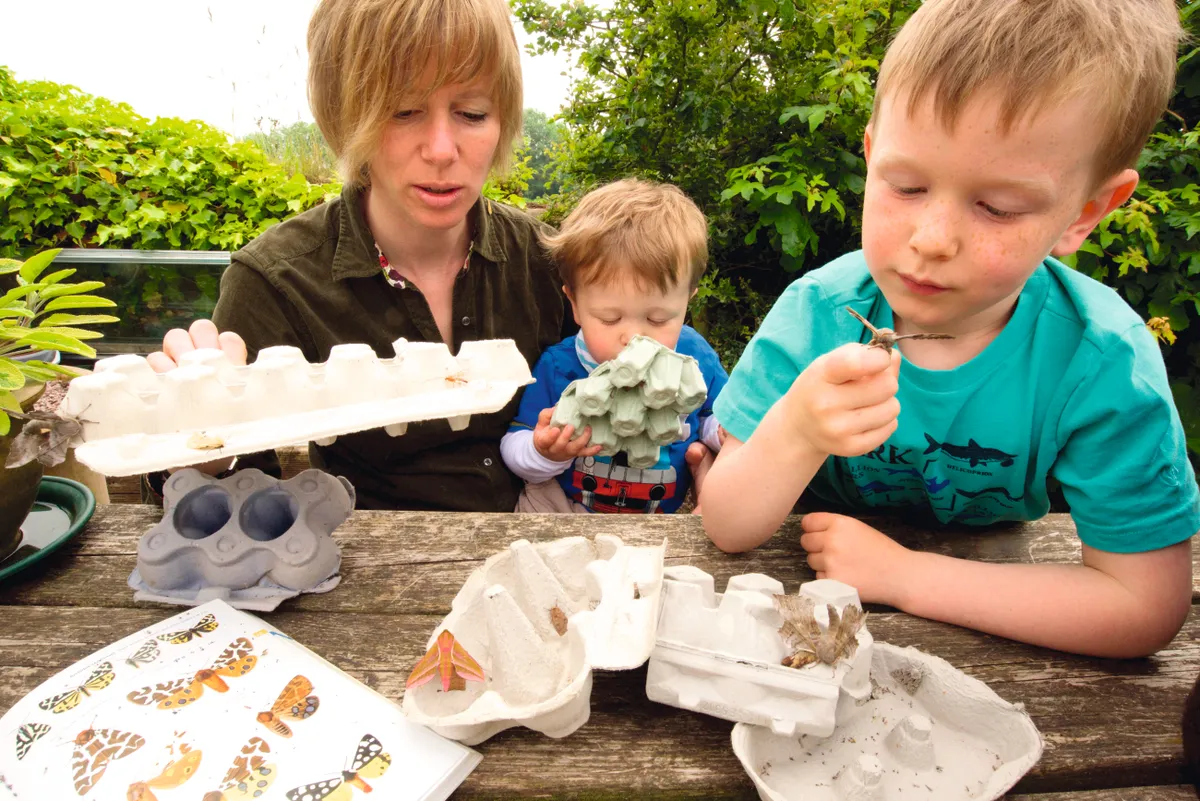
There are roughly 2,500 types of moth in the UK – a total that’s 40 times higher than that of butterflies. While those much-loved butterflies have it easy, moths constantly get a bad press, with public opinion decreeing them to be brown and boring. Observe the opening of a moth trap, however, and you will know different. For the trap, line a bucket with empty egg cartons, then place it under a bright light in your garden (or join a public event at a nature reserve).
Come morning, enjoy an experience akin to unwrapping Christmas presents as you examine the moths resting peaceably. Collectively, they form quite the rainbow, with copper underwing, green carpet, canary-shouldered thorns, ruby tiger and rosy footman all abundant in August. Learn their stories, too – such as the lime-speck pug disguised as bird poo to evade predation. There is much ado about moth-ing.
Water voles: Getting ratty
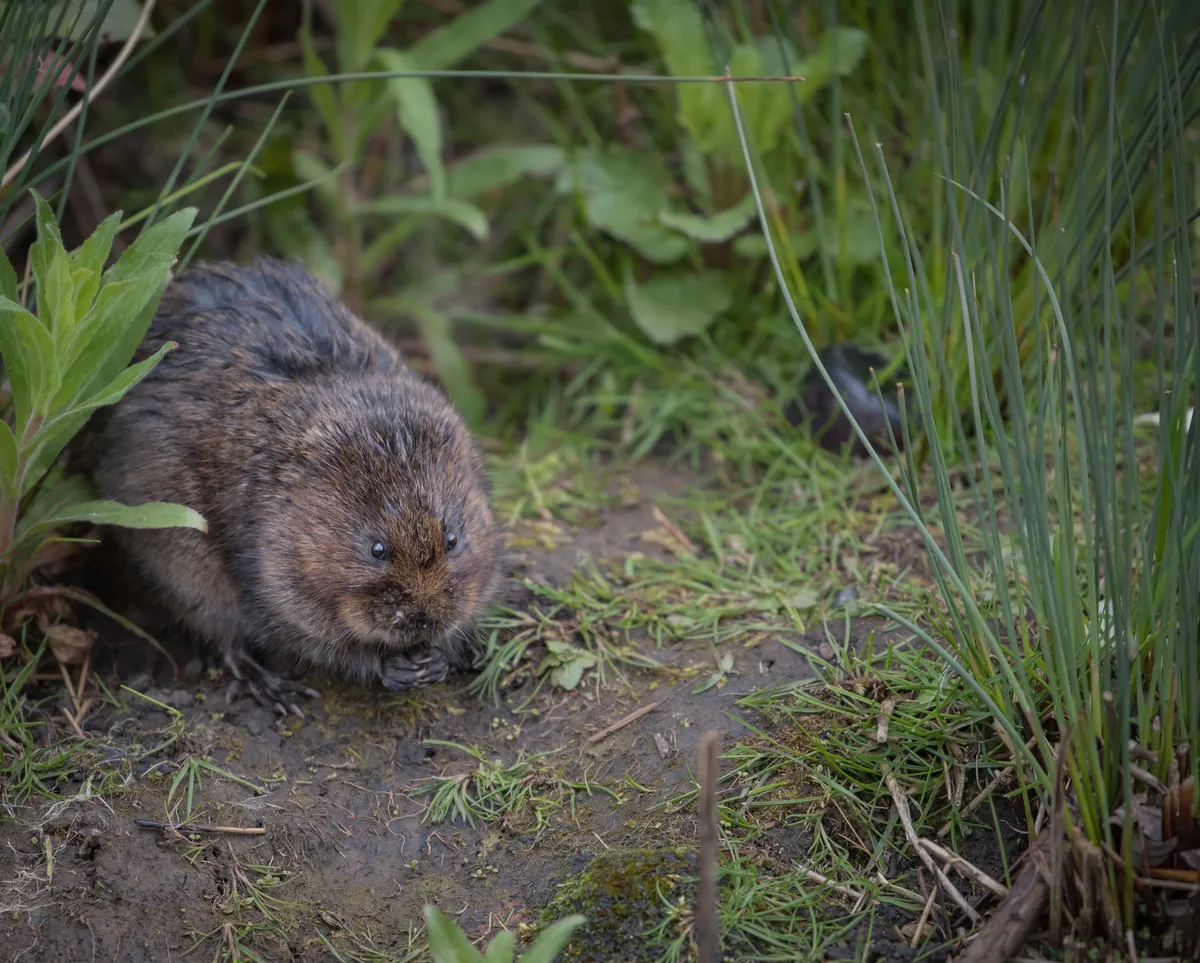
Plop! Identifying a mammal by sound is impressive enough. All the more so when that sound is due to movement rather than emanating from vocal cords or prey-seeking echolocation. Yet the noise made by a water vole as it drops from bank into waterway is as distinctive as this rodent is iconic.
Enshrined in cultural history by dint of the character Ratty in Kenneth Grahame’s The Wind in the Willows, the water vole is also a figurehead for conservation. We have lost nearly 90 per cent of British water voles since 1995 – and they have disappeared from 94 per cent of sites. Despite a slight recent resurgence, partly due to removal of non-native American mink, this denizen of well-vegetated channels continues to be nationally endangered.
Do not, however, take such rarity to imply that seeing water voles is impossible. Far from it. There are many locations nationwide where Ratty can be delightfully common, especially in summertime. August finds numbers at their annual peak following a productive breeding season.
To encounter one, it first pays to listen. Not only for the sound of furry mammals entering watercourses – which is thought to be an intentional declaration of territory – but also for the insistent chomping of buck-teeth on plant. Should you hear a water vole, stay still and quiet. With time, you should detect a rustle in the vegetation that betrays an animal sitting on its haunches, nibbling a frond held in its fore feet. Or you might spot what looks like a brown feather duster swimming buoyantly between banks. Ratty is real!
Did you know: Scottish water voles tend to be black, rather than brown.
Additional info from caption: A voracious eater, the water vole consumes four-fifths of its body weight every day.
Best places to see water voles in the UK:
- Glasgow’s East End, Scotland
- Barton Broad, Norfolk, England
- Askham Bog, Yorkshire, England
- Lunt Meadows, Lancashire, England
- Cromford Canal, Derbyshire, England
- Carlton Marshes, Suffolk, England
- Minsmere, Suffolk, England
- Rainham Marshes, Greater London/Essex, England
- Arundel Castle, West Sussex, England
- Cheddar Gorge, Somerset, England
- Sandown, Isle of Wight, England
- Magor Marsh, Gwent Levels, Wales
- Cors Caron, Tregaron, Wales
Learn more about water voles:
Grey seals: Two worlds collide

Fancy a swim with a difference? In certain favoured locations around the UK – particularly the islands of Lundy, the Farnes and Scilly – wetsuited-and-booted snorkellers can slip into the sea to join grey seals in their element. And an underwater encounter with a bull weighing 300kg is unforgettable.
Curious youngsters, meanwhile, readily approach human swimmers, even nibbling at fins in an effort to comprehend the difference between species. Others observe warily from a distance.
Amidst a meadow of sea grass or above a rocky reef bejewelled with anemones, who is the watcher and who is the watched? Either way, the experience is more intimate than watching the UK’s largest seal lumber along the shoreline.
For those who prefer not to get wet, why not take a boat trip to view a rookery of harbour (or common) seals, such as at Norfolk’s Blakeney Point? August sees colonies throng with month-old pups.
Best places to see grey seals in the UK:
- Blakeney Point, Norfolk, England
- Farne Islands, Northumberland, England
- South Walney, Cumbria, England
- Donna Nook, Lincolnshire, England
- Isle of Man
- Alderney, Channel Islands
- Skomer Island, Pembrokeshire, Wales
- Orkney, Scotland
- Shetland, Scotland
Barn owl: Stealth hunter
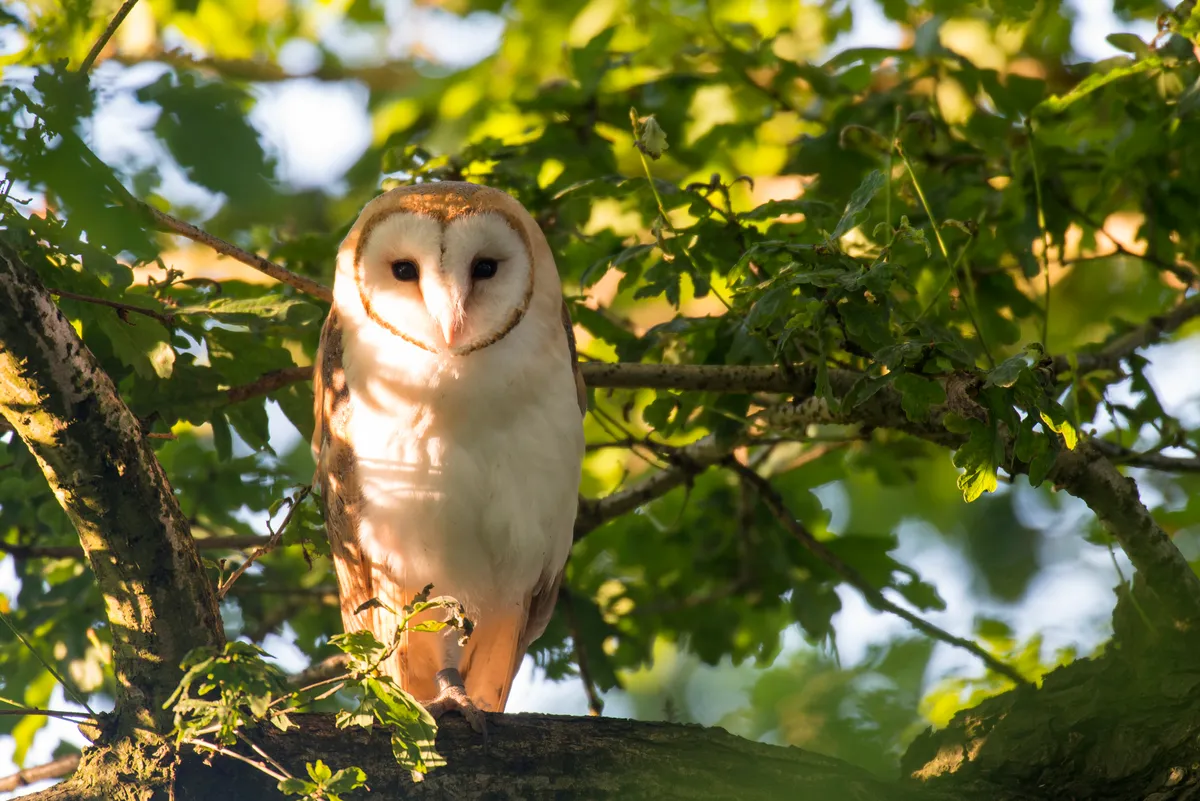
With the naked eye, it looks pure, unblemished white – an angel or a winged phantom, perhaps. Only with binoculars does the barn owl become two-tone: snowy below but also caramel above. In August, there are probably more barn owls alive in the UK than in any other month, which boosts your prospects of seeing one criss-cross a grassy field or ‘ghost’ along a hedgerow.
There are two reasons for this population peak. First, the year’s earliest youngsters will have been on the wing since the first half of July. Having dispersed from their parents’ territory, they are aiming to discover their own rich feeding grounds.
Second, one in every ten barn owl pairs lays an additional brood. These supplementary eggs typically hatch in August, meaning that there is another batch of hungry mouths for the parents to provide for. This extra workload sees the adults airborne well after dawn and long before dusk, so you are as likely to encounter a barn owl on a morning or afternoon stroll as on a twilight excursion.
Barn owls are widely distributed across the UK. They often hunt the same areas day after day, which means that favoured spots offer reliable viewing opportunities. Owls target mice, shrews and voles hidden in rough grassland, weedy field margins, woodland edges and marshy vegetation.
Floating silently low above the ground, the owl marries powerful vision and acute hearing (thanks to asymmetrically positioned ears) to pinpoint concealed prey, onto which it plummets with legs outstretched and talons poised. A stealth hunter indeed.
You can tell apart the sexes by looking for a speckled pattern on their chests – it’s usually present in females but not in males.
Best places to see barn owls in the UK:
- Wheldrake Ings, North Yorkshire, England
- Burnham Norton, Norfolk, England
- Nene Washes, Cambridgeshire, England
- Isle of Sheppey, Kent, England
- Pulborough Brooks, West Sussex, England
- Middleton Lakes, Warwickshire, England
Learn more about owls:
Bats: Identity parade
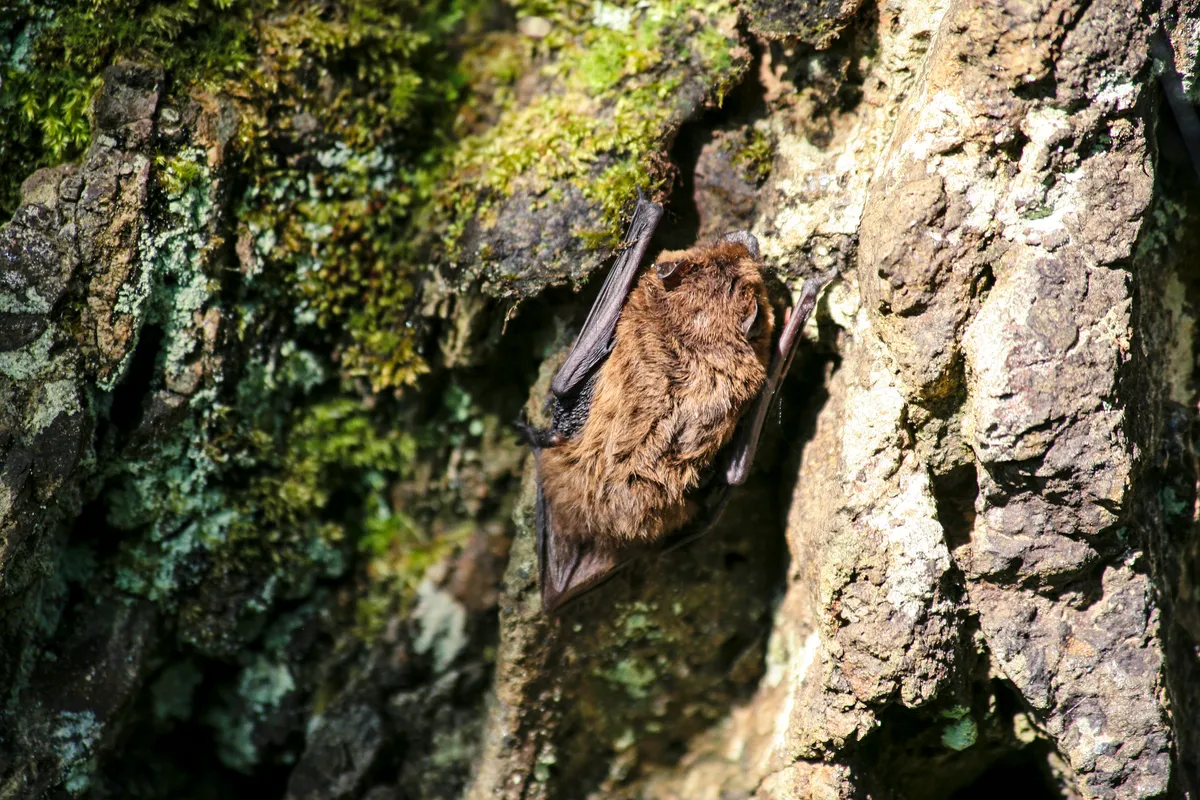
As the sky smudges into obscurity, Nature’s night shift clocks on. On mild evenings, insects will be airborne – with hungry bats in pursuit. But which species are they?
Putting a name to flickering silhouettes might seem nigh-on impossible, but a bat detector greatly facilitates identification (. These gadgets enable interpretation of bats’ echolocatory clicks, smacks and buzzes, granting its holder night ‘vision’ and thereby entry to the bats’ magnificent and secret nocturnal world.
The mechanical wizardry can be pricey, so an affordable (and companionable) alternative is to join one of many ‘bat walks’ run nationwide by local experts. Most such evenings are on nature reserves but others unfurl in urban parks. Who’ll be first to pick up the chattering and popping that signals this country’s largest bat, the noctule?
Learn more about bats:
Wasp spider: Stripy predator
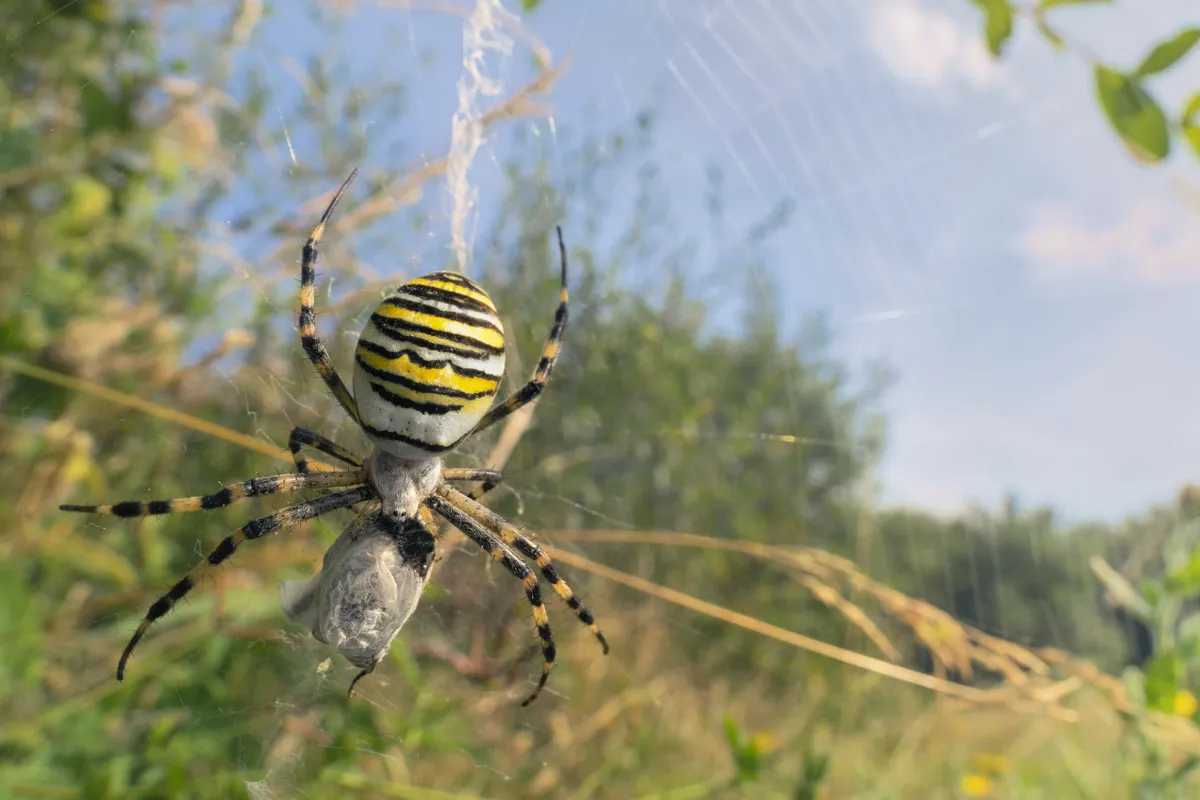
Even arachnophobes might just be impressed by scrutinising a female wasp spider as she bounces in her zigzag of a web, known as a ‘stabilimentum’. This grasshopper- muncher is named for the yellow, black and white warning stripes that seek to deter predators by mimicking a wasp. The stripes even extend to her legs. However the species is actually harmless (except to its prey), and is not venomous.
The males are brown in colour and are much smaller, measuring only 4-5mm compared to the females' 14-7mm. Males run the risk of being eaten alive during mating, and must time their approach perfectly to coincide with when a female's jaws are still soft after moulting. Even when the jaws are soft, they may still get munched.
The wasp spider isn't actually native to the UK, but arrived here in the 1920s. It was first recorded in Rye and is spreading north from Southern England. It is considered a naturalised species.
Flying ants: taking to the skies
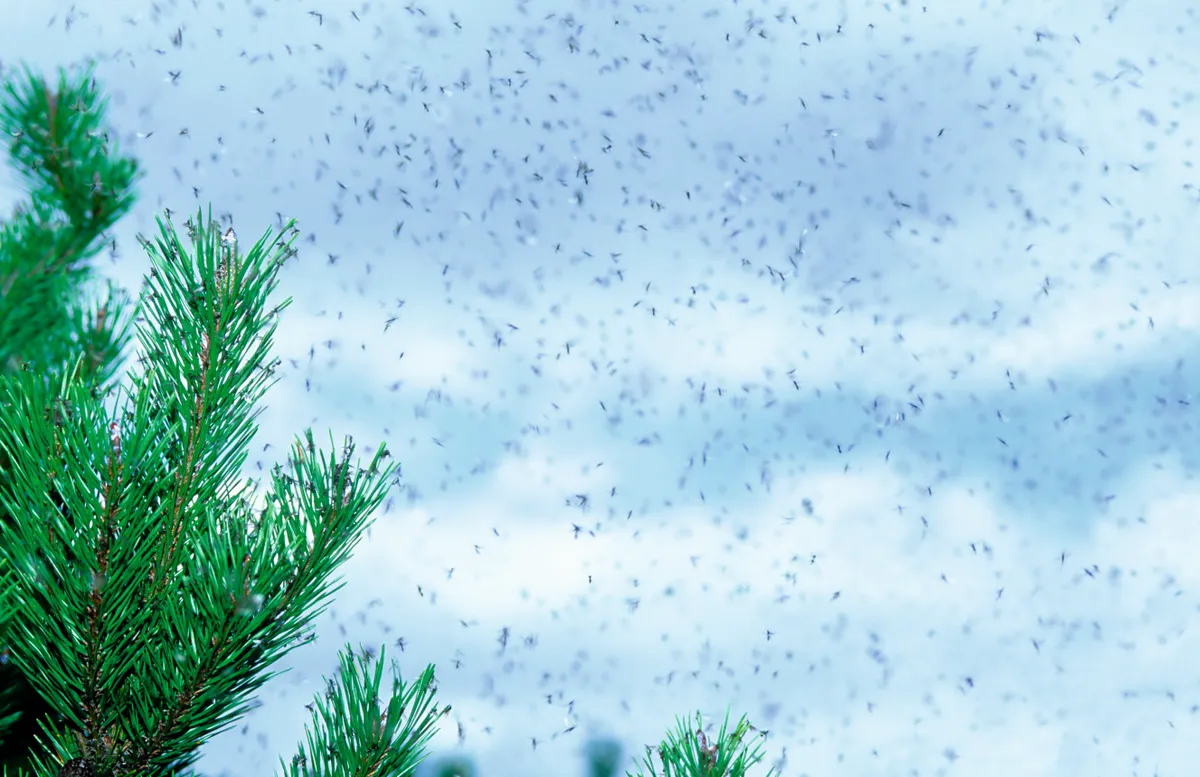
Balmy summer days encourage hundreds of black garden ants to emerge from their nests before taking ‘nuptial flights’ to find mates and create new colonies. Sometimes, so many are on the wing at once that the swarms can picked up on the Met Office's weather radars.
Although we have the term ‘Flying Ant Day’, the species can emerge and fly in different parts of the country on different days, and can occur between June and September.
As their name suggests, they frequent urban and suburban areas, so you can even stay home and watch.
After mating, the female will land and remove her wings, then head underwood to find a nesting site for her new colony. She will stay underground for the rest of her life, which can be up to 25 years.
James Lowen is a nature and travel writer, photographer and guide. He is the editor of Neotropical Birding magazine, and author of a number of books including 52 European Wildlife Weekends and A Summer of British Wildlife.
